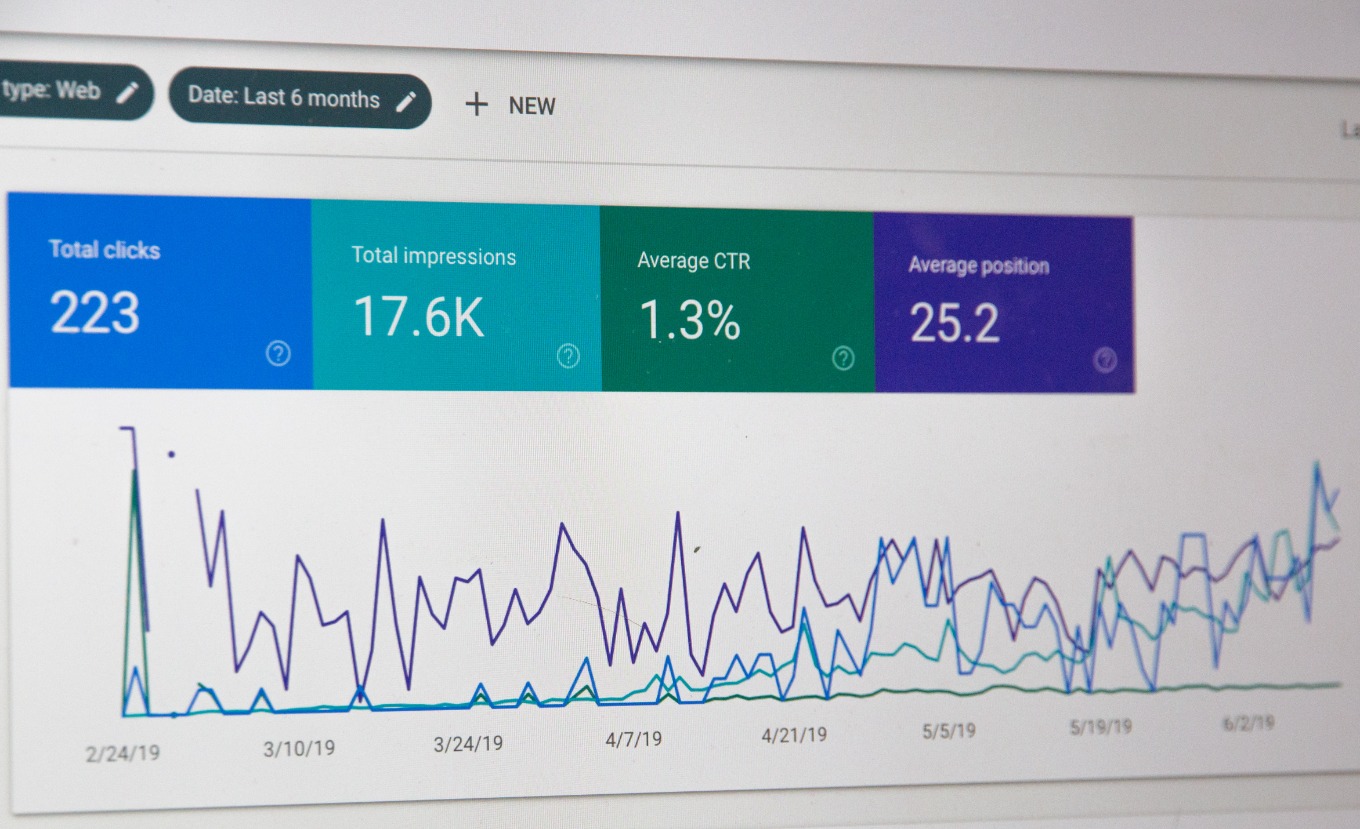How to Strategically Budget for Employee Benefits Consulting Services
Budgeting strategically for Employee Benefits Consulting Services (EBCS) is a complex task that requires a deep understanding of the intricate and multifaceted nature of the services involved. The job of these consultants is to analyze, design and administer employee benefits programs, a task that involves a broad range of skills that extend beyond traditional boundaries of actuarial science and penetrate into the realms of law, economics, and even social sciences.
The importance of benefits consultants has been underlined by the increasing complexity of benefits plans and the legal and social implications of their designs. In today’s competitive market, employee benefits play an instrumental role in attracting and retaining top-tier talent. Concurrently, laws and regulations affecting benefits plans continue to evolve, creating a landscape fraught with potential compliance pitfalls. Navigating this terrain requires a high level of expertise that can be gained through hiring an experienced Employee Benefits Consultant.
Budgeting for such services, however, is not straightforward. It involves a careful evaluation of the benefits and costs, and an understanding of how these services can be optimized to provide maximum value.
The first step in this process is to identify the specific needs of the organization. These can be determined through a needs assessment, which involves a comprehensive review of the organization’s benefits program, legal compliance status, and employee satisfaction levels. This assessment will lay bare the gaps that need to be addressed, thereby providing a starting point for determining the services required.
Once the needs are identified, the second step involves quantifying the value of these services. This can be a challenging task, given the intangible nature of many of the benefits that these services provide. However, one can resort to methodologies drawn from the field of economics. For example, the economic value of improved employee satisfaction and retention rates can be calculated using concepts like the Cost of Employee Turnover and the Lifetime Value of an Employee. Similarly, the value of avoiding legal compliance issues can be estimated based on historical data on the frequency and cost of such incidents.
Having estimated the potential value of the services, the third step involves comparing this with the costs. Here, one needs to be mindful of the fact that the costs of benefits consulting services are not just financial but also include opportunity costs. For instance, the time and resources spent on managing the relationship with the consultant could be used elsewhere. The cost-benefit comparison thus needs to incorporate these factors for a more accurate picture.
The fourth and final step involves optimizing the use of these services. This can be achieved by carefully selecting a consultant who matches the specific needs of the organization, and by managing the relationship in a way that maximizes the value received. For instance, the consultant can be engaged not just to design the benefits program, but also to provide training and support to the HR team so that they are better equipped to manage the program in the future.
In conclusion, budgeting for Employee Benefits Consulting Services is a multi-faceted process that requires a thorough understanding of the organization’s needs, a quantification of the potential value of these services, a comparison of the benefits and costs, and an optimization of the use of these services. By following these steps, organizations can ensure that they get the maximum bang for their buck, while also equipping themselves to navigate the challenging landscape of employee benefits in today's environment.
In today’s competitive market, employee benefits play an instrumental role in attracting and retaining top-tier talent, and navigating this terrain requires a high level of expertise that can be gained through hiring an experienced Employee Benefits Consultant.






